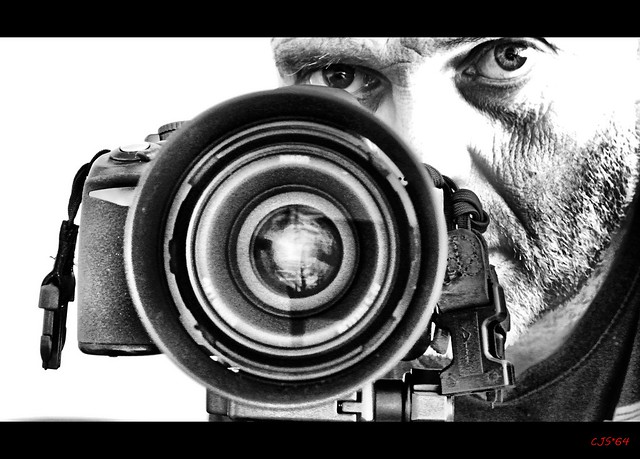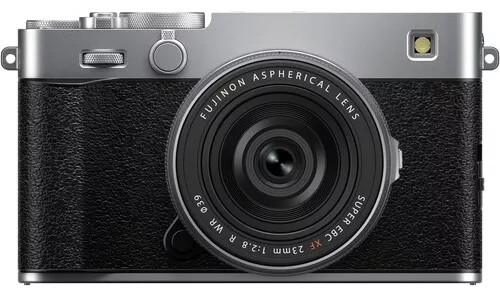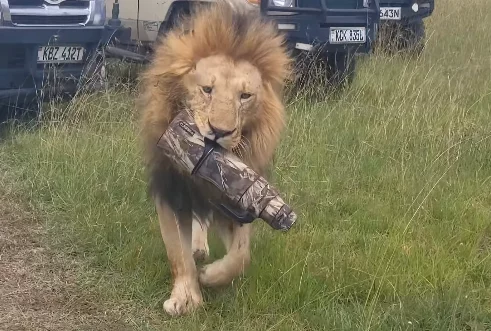It doesn't matter whether you are shooting with a Canon, Nikon or Hasselblad, your camera should be a part of you. You need to know your camera perfectly for several reasons, but mostly for speed in order to shoot more effectively. Being quick in setting up your camera is important on so many levels, but eventually it comes down to whether you will miss your shot or not.
Many photographers will jump to the new Canon 7D Mark 2 because it has less shutter lag, 10 frames per second and huge buffer. But what good will that do to you if you need 5 minutes to figure out the right settings to use it, right? Every photographer must know their camera perfectly.
Time is of the Essence
It is simple, photography requires discipline and practice. You can have the most expensive camera and lens and every piece of gear, but if you can’t set up your camera fast enough, you will always be too late. And there you go, you missed the moment. Of course, this requires great knowledge of photography in general, and a good amount of experience, but you can’t expect to get good results only 15 minutes after you purchase your camera. That definitely isn’t the way it works.
Often I hear people say this: I will be shooting portraits anyway, why would I need speed? It is not like the model is going anywhere. Well, all I can say is, good luck to you, you’ll gain speed when the models start walking out on you.
Photo by CJS*64
I can go on for hours on what can happen if you are too slow but the thing is, how do you get fast enough?
Keep it Simple
Well, first and foremost, especially if you are just beginning with photography, stick to a simpler system. Entry level DSLR cameras are good for transitioning from point-and-shoots since you won’t be overwhelmed by an infinite amount of options found on a pro-grade camera. In fact, with enough practice entry level cameras often prove good enough in accomplishing many things.
For example, in my area I see many photographers shooting weddings with Canon 1100D and D3000 Nikon.
I can’t say that they do a bad job.
Yes, they don’t bother for large prints since the trend here goes for 5×7 inch prints mostly. But those cameras are simple, and with some practice, professionals can have it set up for any occasion in less than a second. So should you.
First of all, you need to figure out which shooting mode works best for you. I personally use Av instead of Full Manual. It is not because I’m lazy to set up the shutter speed, quite the contrary, I use the processor to do it faster than spinning the wheel. Using center point metering, I know what I want to expose for point at it, lock in the shutter speed then compose and take the shot.
I see that usually I perform faster that way than looking at the exposure meter and chasing the right shutter speed. The time I spend looking at the meter, I lose on composing.
Learn to Access the Controls on Your Camera Fast
Same as me, once you have figured out what works best for you, you need to learn to access the controls fast. That means being able to change ISO, aperture, shutter speed, focus points, focus type (continuous, single shot) without even looking at the screen. You need to be able to do that while composing. Because conditions change, and they always will.
This requires practice, a whole lot of it. The best way is to shoot some sports or things where the light conditions change fast, children (with permission of course) in an action park just after sunset, for example. You’ll have enough light to go shoot without flash, but all the lights from the place will interfere with the one constant exposure. You can find many similar things to do in order to practice, this is just one example.
Practice!
On another note, while you are practicing the controls, practice framing as well. Force yourself to think more and shoot less, instead of vice versa.
As I said at the beginning of the article, your camera needs to be an extension of yourself. That means when you are carrying it with you, it needs to be primed and ready. Most cameras have sleep option, so use it. Turning it off just wastes precious time. Also, while your camera is in the bag, make sure you remember the settings you have while it is there. At least the general stuff, what ISO, aperture and focus mode you have.
Photo by DeusXFlorida (6,800,921 views) – thanks guys!
It is like training to wield a weapon, just that your weapon is your camera. You need practice and training to become a professional.







1 Comment
some of the most helpful advice I’ve read for beginners like me. Put it in easy to understand terms. Thank you.